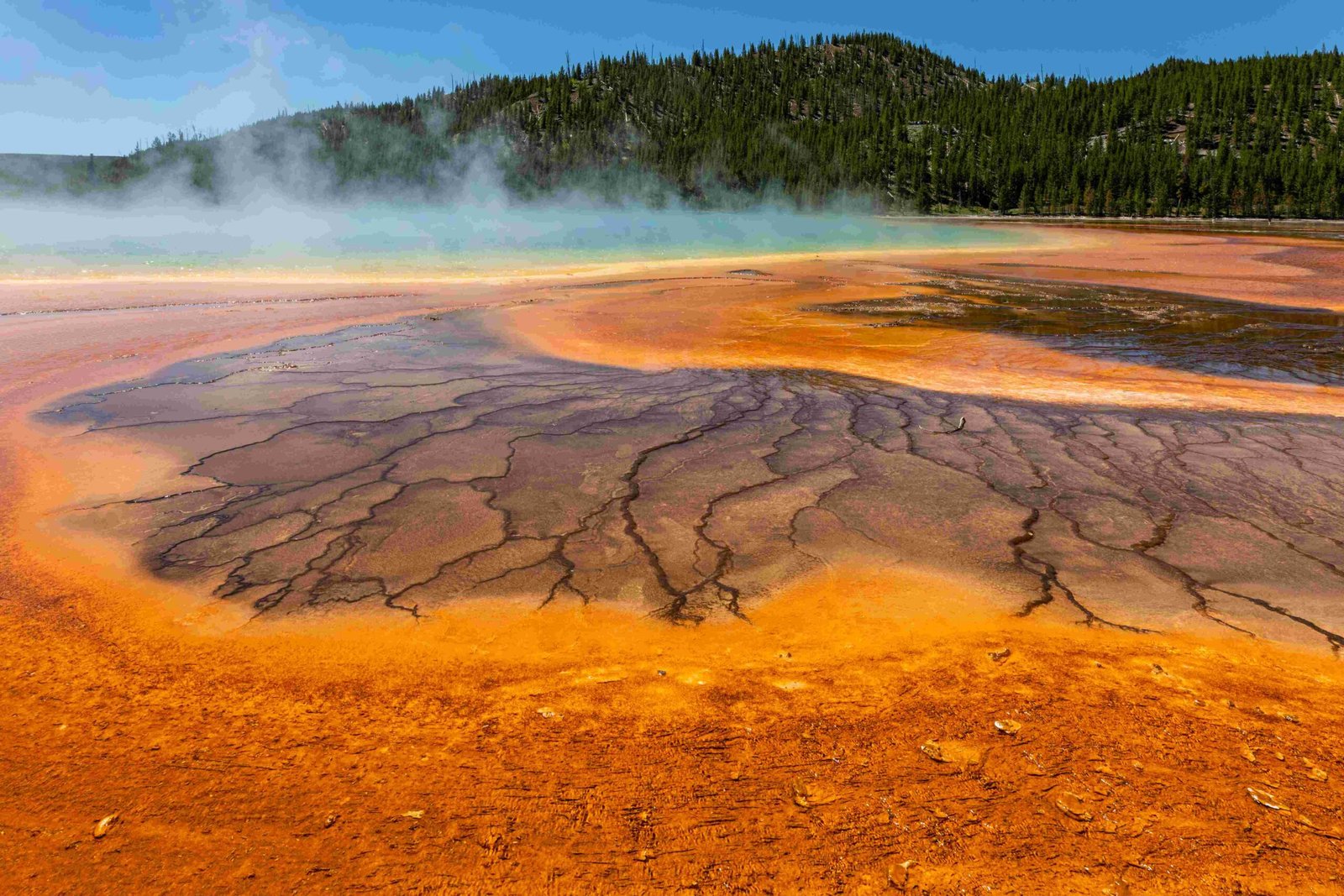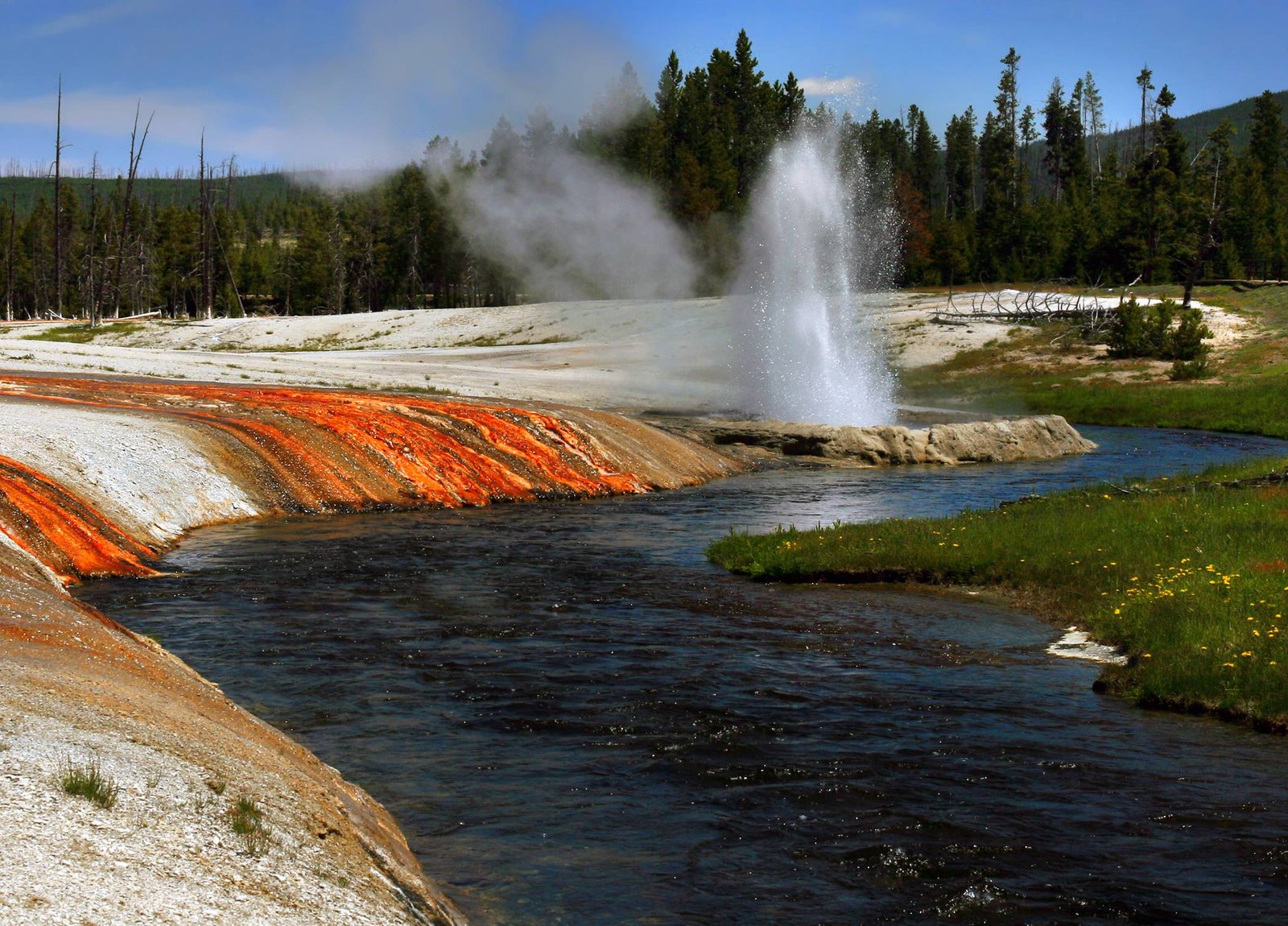Yellowstone National Park, established in 1872, was created on land sacred to numerous Native American tribes. This area has been home to Indigenous peoples for over 11,000 years, serving as hunting grounds, gathering places, and sites of spiritual significance. The park’s creation led to the displacement of these tribes from their ancestral lands, disrupting their traditional ways of life and cultural practices.
What Tribes Were Associated with Yellowstone National Park?

Yellowstone National Park has been home to numerous Native American tribes, each with a rich cultural heritage and significant ties to the land. The primary tribes associated with the park include:
- Shoshone (including the Tukudika or Sheep Eaters)
- Bannock
- Crow
- Blackfeet
- Nez Perce
- Flathead
- Lakota
In total, there are 27 associated tribes with ancestral and modern connections to the park, including the Assiniboine & Sioux Tribes of the Fort Peck Indian Reservation.
How Did Native Americans Use the Land Before the Park’s Creation?

Before Yellowstone National Park was established, Native American tribes used the land for various purposes:
- Hunting: Tribes hunted bison, mountain sheep, and deer.
- Gathering: They collected plant foods and medicinal herbs.
- Spiritual practices: The thermal waters and geysers were used for religious ceremonies.
- Trade: Various tribes traded with each other, utilizing the park’s resources and trails.
The Shoshone and Bannock used the park’s plains for hunting, while the Tukudika focused on bighorn sheep. The thermal features were particularly significant for spiritual and medicinal purposes.
What Treaties Impacted Native American Land Rights in Yellowstone?
Two significant treaties affected Native American land rights in the Yellowstone area:
- Fort Laramie Treaty of 1868: Established the Crow Indian Reservation, but the land was later transferred to the park in 1880.
- Fort Laramie Treaty of 1851: Set a precedent for the treatment of Native American lands and rights, often disregarded in the creation of national parks.
These treaties had profound implications on land rights and access:
- Forced relocation of many Native American tribes from their ancestral lands
- Disruption of traditional hunting, gathering, and spiritual practices
- Prohibition of Native Americans from entering the park for their traditional activities
What Sacred Sites Exist Within Yellowstone National Park?
Yellowstone National Park contains several sacred sites and archaeological evidence of Native American presence:
| Site | Significance | Age |
|---|---|---|
| Obsidian Cliff | Tool manufacture | 10,900 years old |
| Stone Circles | Evidence of long-term occupation | Various |
| Tepee Sites | Indication of seasonal settlements | Various |
| Wickiup Structures | Temporary shelters | Various |
These sites provide tangible evidence of the long-standing Native American presence in the area and their deep connection to the land.
How Has the Park Addressed Native American Cultural Heritage?
In recent years, Yellowstone National Park has made efforts to address Native American cultural heritage:
- Changed entry policy in 2001 to allow associated tribe members to enter for cultural purposes without paying a fee
- Accommodates certain ceremonial practices and entry to religious sites
- Offers educational programs highlighting Indigenous cultural heritage
However, challenges remain:
- Some elders still believe they are prohibited from entering the park
- Limited information on specific transportation options for Native American tribes
- Ongoing need for improved access facilities and communication
What Ongoing Challenges Do Native American Tribes Face Regarding Yellowstone?
Native American tribes continue to face several challenges related to Yellowstone National Park:
- Restricted access to sacred sites
- Limited transportation options
- Miscommunication about entry rights
- Need for more comprehensive educational initiatives about Indigenous history and culture
While progress has been made, there is still work to be done to fully recognize and respect the Native American heritage of Yellowstone National Park.

